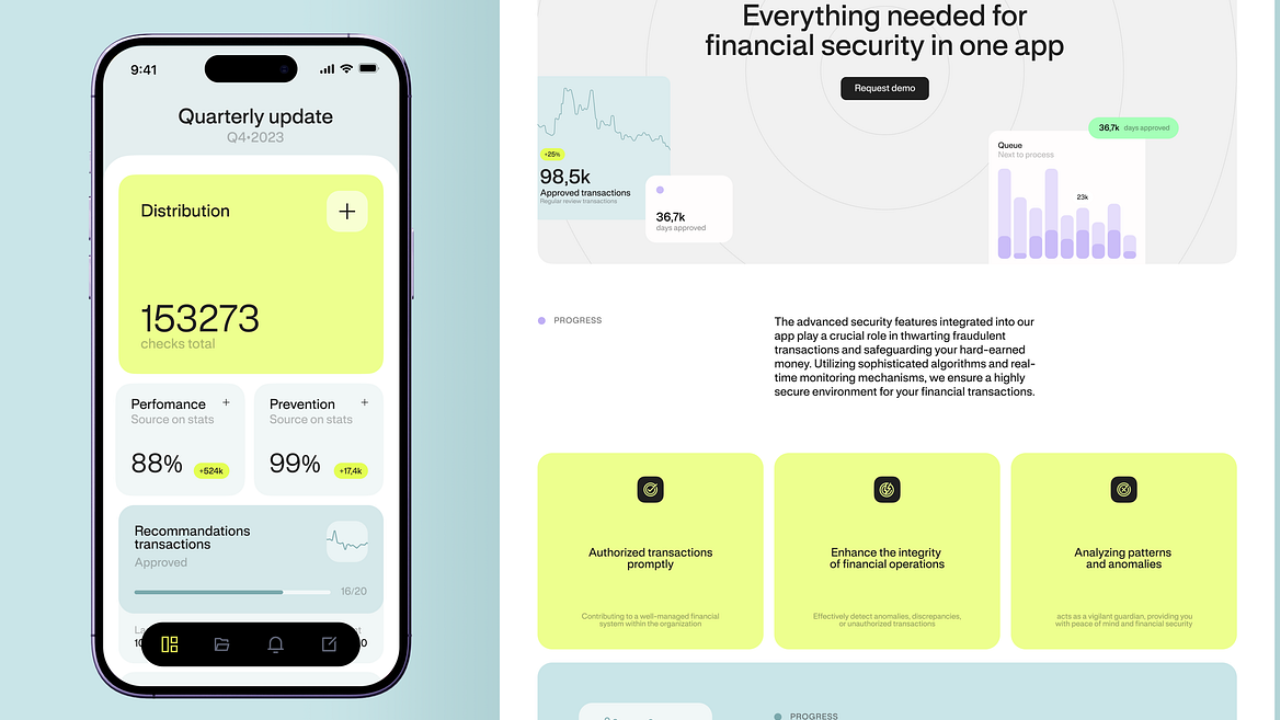Quick Facts About User-Centric Design:
– 👥 It’s all about making things people love to use
– 🔍 Designers study how people use products
– 🎨 It makes apps and websites easy and fun
– 🔄 Products keep getting better based on user feedback
– 😊 Happy users = Successful products
Have you ever used an app or website that was super easy and fun to use? That’s probably because the people who made it used something called **user-centric design**. It’s like creating a present specifically for your best friend—you think about what they like and what makes them happy. Let’s dive in and see why it’s so important!
What is User-Centric Design?
User-centric design is a way of making digital products (like apps and websites) that focuses on the people who will use them. It’s like being a detective who tries to understand what people want and need.
– Understanding Users: Learning about the people who will use your product
– Solving Problems: Making things that help people do what they want to do
– Testing and Improving: Checking if people like using your product and making it better

Why is User-Centric Design Important?
1. It Makes People Happy
When something is easy to use, it makes people feel good. Happy users are more likely to keep using your product and tell their friends about it.
“Design is not just what it looks like and feels like. Design is how it works.” – Steve Jobs
2. It Saves Time and Money
By focusing on what users really want, companies can avoid wasting time and money on features that nobody will use.
3. It Helps Products Stand Out
In a world with lots of apps and websites, the ones that are easiest to use are the ones people remember and love.

How Does User-Centric Design Work?
Creating a user-centric design is like baking a cake. You need the right ingredients and steps:
- Research: Learn about the people who will use your product
- Brainstorm: Come up with ideas to solve users’ problems
- Design: Create a plan for how the product will look and work
- Test: Let people try your product and see what they think
- Improve: Make changes based on what you learned from testing

Cool Tools for User-Centric Design
Designers use some awesome tools to help them understand users better:
– User Personas: Made-up characters that represent typical users
– Journey Maps: Step-by-step pictures of how people use a product
– Prototypes: Simple versions of the product for testing
– Usability Testing: Watching real people use the product

Examples of Great User-Centric Design
1. Video Streaming Apps
These apps remember what you like to watch and suggest new shows you might enjoy. It’s like having a friend who knows all about TV!
2. Food Delivery Apps
They make it super easy to order food with just a few taps. You can see pictures of the food, read reviews, and track your order.
3. Video Call Apps
These became really important during the pandemic. The best ones are so easy to use that even grandparents can join family calls!

Challenges in User-Centric Design
Creating user-centric designs isn’t always easy. Here are some tricky parts:
– Different user needs:Not everyone wants the same things
– Changing technology:New gadgets mean new ways of designing
– Balancing simplicity and features:Making something easy but also powerful

The Future of User-Centric Design
As technology gets cooler, user-centric design will keep changing too. Here are some exciting things to look out for:
– Voice Control: Talking to your devices to control them
– Augmented Reality: Seeing digital things in the real world
– Artificial Intelligence:Products that learn what you like and adjust themselves

Wrapping Up
User-centric design is all about making digital products that people love to use. It’s like being a superhero for users, solving their problems and making their lives easier and more fun.
Next time you use an app or website that feels just right, remember—it probably didn’t happen by accident. A team of designers worked hard to understand what you need and want!
What’s your favorite app or website? Why do you like using it? Think about how it might have been designed with you in mind. Share your thoughts in the comments!
Remember, in the world of digital products, the user (that’s you!) is the real star of the show. How cool is that?











